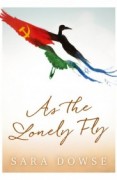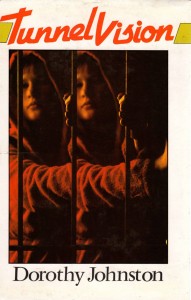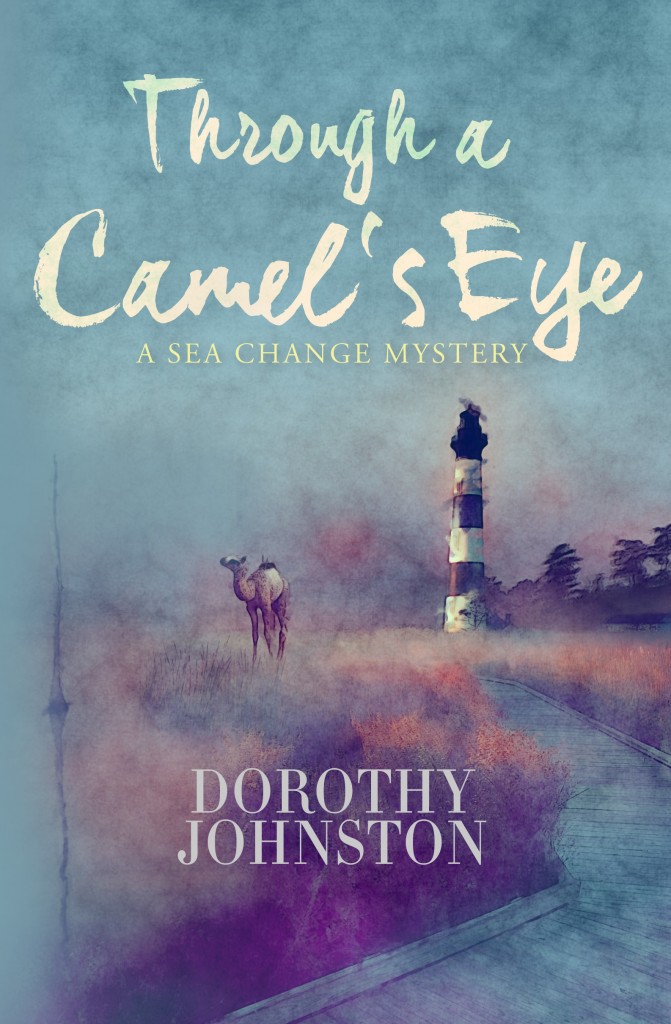Towards the end of As The Lonely Fly, a mother writes to her daughter about a woman who has been a strong influence on both their lives, and from whom they have not heard for eight years. This woman is the mother’s sister and daughter’s aunt Clara, who changed her name to Chava when she emigrated to Palestine in 1922.
‘My sister was an idealist, and it is possible that in spite of all that has happened she remains one to this day. We are all idealists, why else would we be here, but she was more so. There wasn’t a practical bone in her body. She didn’t know people.’
As The Lonely Fly is an epic work of fiction, with a huge cast of characters, moving from Palestine under the British Mandate, to Russia, to the United States and back to Palestine. But Chava remained for me a focal point throughout. I did not find her impractical, or ignorant of people; quite the opposite in fact. So how is it that Chava’s sister Frieda, who follows her to Palestine and who, with her husband, builds and runs a successful noodle factory, could be wrong? Or am I wrong? What are readers meant to think?
Chava joins the Labour Battalion, draining a swamp, then building roads and planting trees. The battalion attempts to create good relationships with its Arab neighbours. Chava’s beliefs are put to practical tests, which are brilliantly evoked, and for a while it seems as though the group might have some chance of lasting success.
‘It took them a day to dig out the holes and insert the trees, and the next day there were more. They planted them along the shy river. When the sun slipped towards the sea they lit another fire. Stunned by fatigue, Chava stared mutely at the heat shimmering above the flames, everything at the fire’s periphery seeming to lose anchorage and shape.’
Chava helps Zipporah, the niece to whom the letter is addressed, emigrate to Palestine, and helps her find work as a housekeeper, though she longs to be ‘out in the open, building a city, building roads’. But jobs are scarce. Dowse’s descriptions of daily life give her characters and their idealism a very practical core.
When Zipporah is taken to a plantation at Petah Tivkah she’s thrilled.
‘For Zipporah it was all a wonder. Row upon row of citrus trees stretched out, all a neat size, their leaves the same dark ceramic green. The air smelled sweet though the blossoms had gone and the fruit was still ripening; she imagined the sweetness came from the sap itself. The hills were studded with grape-heavy vines, the soil was drained a rich chocolate brown, watered with channels from the river and underground springs. How often had she heard this had once been a swamp? It was another thing to see.’
During the day they work; at night they dance and sing and argue about politics. As time passes, Chava’s group, wanting Jews and Arabs to unite in an international workers’ movement, though divided amongst themselves as to how to achieve this, becomes isolated, as the tension, then violence between Jewish settlers and Arabs increases.
While all this is happening, Chava’s younger sister, Marion, (the anglicised form of her name), and her parents are trying to make a different kind of new life for themselves in the United States. Marion’s story is told in counterpoint to Chava’s and Zipporah’s, often through letters, though Marion does visit Israel at the end of the book.
The dreams of the immigrant are a constantly recurring theme in As The Lonely Fly, expressed in songs, in conversation and argument, in the hope of safety and freedom from persecution, in images of physical toil that mean something because they are contributing to building a home. Always there is the search, through Dowse’s questioning and restless prose, to embed these dreams in daily life, to make daily life in the ‘new’ country a sufficient answer. But in Palestine in the 1920s and 30s, daily life can never be separated from its political context – the machinations of the British, the rise of Hitler and Stalin.
Dowse relates the collapse of Chava’s dream with great poignancy and delicacy, following her deportation to the Soviet Union after she is jailed for supporting Arab riots; while in Palestine, after the 2nd World War, the state of Israel is being forged.
As the title suggests, As The Lonely Fly is quintessentially a story of exile and migration; and for humans, if not for birds, this is a lonely business. Each of the three women the novel centres on must make her own decisions and adjustments, and, perhaps inevitably, end up being misunderstood by other members of the family. Sometimes decisions are taken out of a character’s hands, as with Chava’s deportation, but even without that stark example, an individual’s dreams and hopes for justice, her longing to make a contribution, are bound to be compromised. As The Lonely Fly tells an important, timely story, through its rich variety of characters and beautiful prose.
As The Lonely Fly can be pre-ordered from For Pity Sake Publishing here.
My Big Breast Adventure is a path breaking book which crosses the boundaries between a factual account of one woman’s breast cancer treatment, a philosophical discussion about what it means to be sick – and what it means to be well – and a celebration of humour in the face of adversity.
‘..when one has just had a cancer diagnosis and is about to undergo major surgery, laughter is at a premium and does not come easily,’ Jennifer McDonald writes.
Yet an early chapter heading reads ‘Cut, Poison, Burn and Laugh’ and time and again I found myself laughing while reading My Big Breast Adventure, which is based on the author’s blog posts and includes comments by readers. When I stopped to think and wipe my eyes, I asked myself why I was laughing when the author was going through hell. Answer: I was laughing because she made me laugh. McDonald’s humour is the buffer between her threatened sanity and the daily, weekly, monthly rounds of tests and chemo, radiation, more tests and more chemo.
There are many examples I could choose: here is one about hair loss.
‘I cut all of mine off before starting treatment even though my carers told me the hair probably wouldn’t fall out until about week three. Why wait to be bald I say? No word (or movement thankfully) on the eyebrows and lashes as yet. As my sister reminded me though, we McDonald girls come from staunch Celtic, Methodist stock which means we have eyebrows like John Howard and leg hair like the family dog.’
McDonald’s humour is like a dance with a quick, flicking two-step at the end. It is insouciant, irreverent, compassionate and warm. As readers would expect, anger and sadness, nausea and crushing fatigue are part of the story. They are acknowledged and dealt with. Jokes don’t take the dark side away; they make it into something more.
‘..I believe there are much worse things than death – being kidnapped by Boko Haram, having your business put into general administration, sitting by the bedside of a dying loved one, or living in Tony Abbott’s (Australian Prime Minister at the time of writing) electorate. Hang on, I do live in his electorate –what the FEC?’
FEC is an acronym for an extra chemo cocktail which McDonald took for nine weeks after her twelve-week standard chemo program was finished. For Father Ted fans, it’s also an irresistible reminder of Mrs Doyle offering a cup of tea to Father Jack. McDonald of course makes the most of this connection.
When discussing the importance of active acceptance, the author refers to Eckhart Tolle’s The Power of Now, and on the next page quotes a poem by an ancient Sufi mystic. Quotations and references abound, but they never feel intrusive in the text, or stuck on for effect. They don’t detract from the central story; they enrich it.
McDonald makes the point that, while, she has striven for accuracy in describing her treatment and its effects, both physical and emotional, My Big Breast Adventure is not a therapy manual. Though she refers throughout to aspects of traditional and complementary medicine, she stresses that her approach is personal; she is not setting out to tell others what to do when they receive a cancer diagnosis, or where to look for help and guidance. Yet I’m sure her book will be a help and guide to many, not least because of her unfailing sense of humour.
- My Big Breast Adventure can be purchased for $24.99 paperback and $9.99 ebook from For Pity Sake Publishing.















